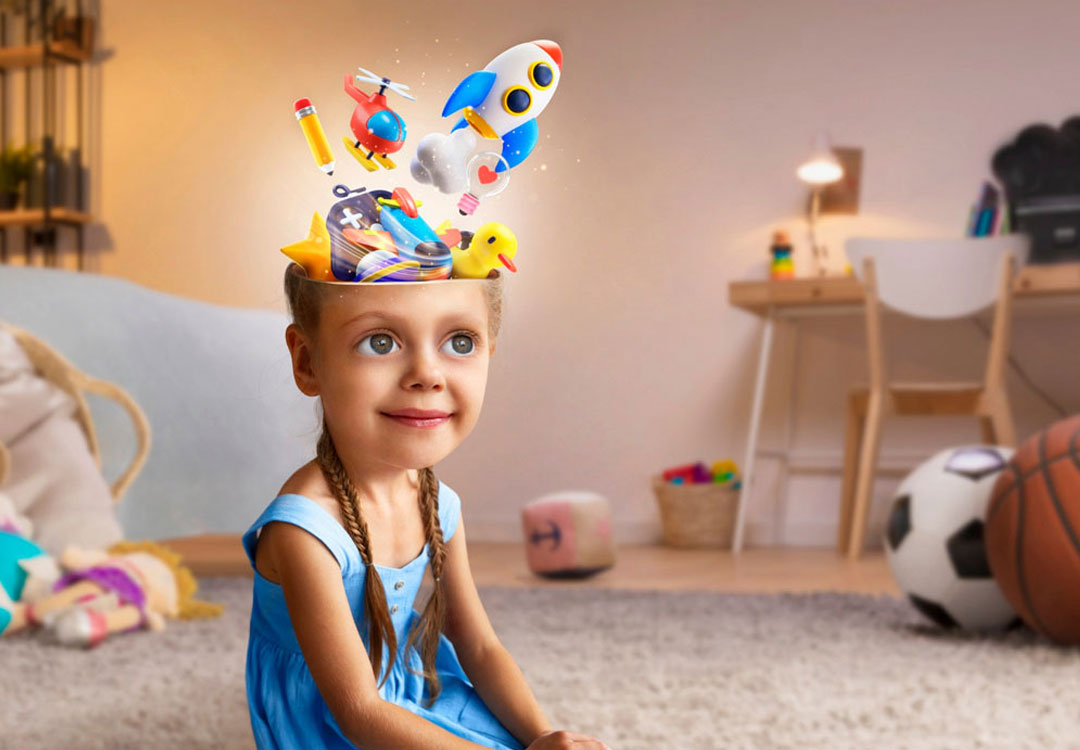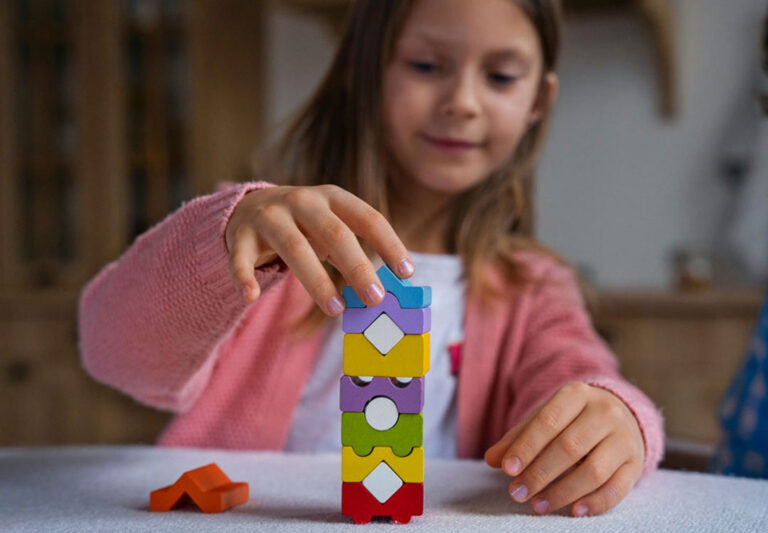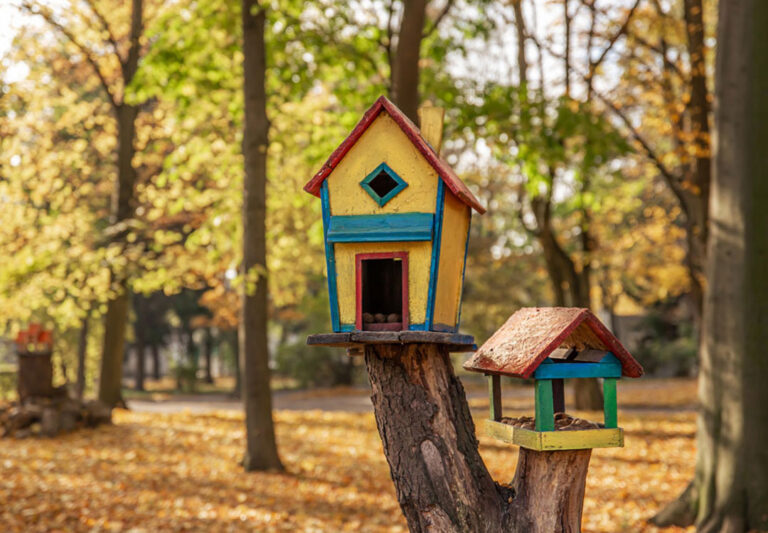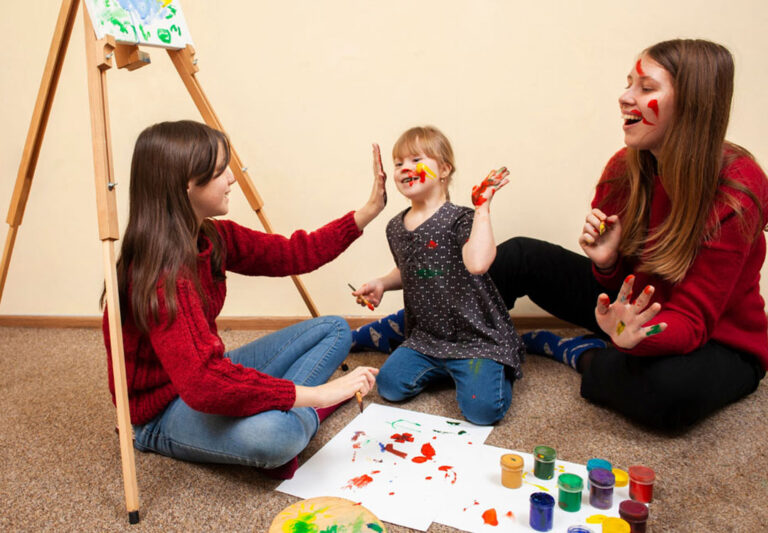Introduction:
In a world filled with screens and schedules, it’s easy to overlook the simple yet profound importance of play in a child’s life. Creative play, characterized by imagination, spontaneity, and exploration, is not just a way for children to pass the time—it’s a vital component of their development. In this blog, we’ll explore the multifaceted benefits of creative play and provide practical tips for parents on how to foster it at home.
Imagination:
Creative play is the breeding ground for imagination. When children engage in imaginative play, whether they’re pretending to be superheroes, building castles out of blocks, or concocting elaborate stories with their toys, they’re exercising their imagination muscles. This ability to envision new worlds, characters, and scenarios is not only fun but also crucial for cognitive development. By stretching their creative boundaries, children learn to think outside the box, solve problems creatively, and adapt to new situations.
Tip for Parents: Encourage imaginative play by providing open-ended toys and materials, such as blocks, dolls, costumes, and art supplies. Create a designated play area where children can unleash their creativity without constraints.
Problem-Solving Skills:
Creative play isn’t just about make-believe; it’s also a powerful tool for developing problem-solving skills. Whether it’s figuring out how to build a tower that won’t topple over or negotiating the rules of a pretend game with friends, children constantly encounter challenges during play. Through trial and error, experimentation, and collaboration, they learn to overcome obstacles and find solutions—a skill that will serve them well throughout life.
Tip for Parents: Resist the urge to intervene immediately when your child faces a problem during play. Instead, encourage them to brainstorm possible solutions and experiment with different approaches. Offer gentle guidance and praise their efforts, emphasizing the process rather than the outcome.
Emotional Development:
Creative play provides a safe space for children to explore and express their emotions. Whether they’re acting out feelings through role-play, creating artwork as a form of self-expression, or simply engaging in unstructured play with peers, children learn to identify, regulate, and communicate their emotions effectively. This emotional literacy lays the foundation for healthy relationships, self-awareness, and resilience in the face of life’s challenges.
Tip for Parents:
Validate your child’s emotions during play and provide opportunities for them to talk about their feelings. Encourage empathy by role-playing scenarios that involve understanding others’ perspectives and emotions. Model positive emotional expression and problem-solving skills in your interactions with your child.
Conclusion:
Creative play is more than just fun and games—it’s a fundamental aspect of childhood development. By fostering imagination, problem-solving skills, and emotional development, creative play equips children with the tools they need to navigate the complexities of the world around them. As parents, we can play an active role in nurturing this essential aspect of our children’s growth by providing them with opportunities for unstructured, imaginative play and by celebrating their creativity every step of the way. So let’s encourage our children to dream, explore, and play—together, we can unlock the boundless potential of their imaginations





